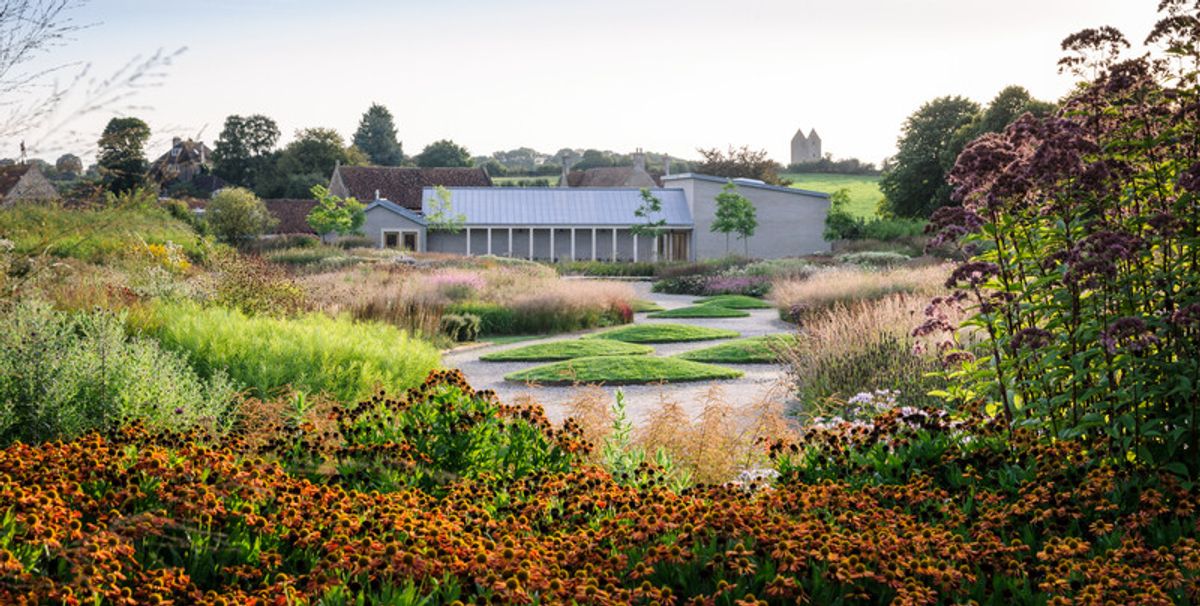There has been a mini heatwave in the UK this week that hinted at a sunny summer to come (although, naturally, it is going to snow this bank holiday weekend). While the pandemic may scupper hopes of travelling abroad for holidays this year there is hope that there will be an end to national lockdowns. With that in mind, The Art Newspaper team have picked some of their favourite staycation spots in the UK for an arty adventure.
Glasgow getaway (with a side of Dundee)
Head north of the border after 26 April, when the Scottish government plans to lift travel restrictions and release museums and art galleries nationwide from lockdown. Glasgow may be Scotland’s second city but it is undoubtedly its art mecca—one of the first European capitals of culture and home to the prestigious Glasgow School of Art, a hotbed for Turner Prize winners and nominees.
Mark your calendars to visit between 11 and 27 June, when over 60 art spaces, studios and more unexpected venues will play host to pop-up exhibitions and events as part of Glasgow International. The biennial contemporary art festival—which has, amazingly, free admission—returns in 2021 after a pandemic-induced postponement of the planned ninth edition last April. Details of the rebooted programme are scarce beyond the overall theme of “Attention”, but the festival team is busy planning a “hybrid” festival mixing the usual bonanza of physical exhibitions with a suite of digital art commissions designed to keep FOMO at bay for international audiences. The full programme is expected to be unveiled later this spring.
Whatever happens, be sure to check out the cavernous tram shed turned Southside arts venue Tramway (don’t miss the urban sanctuary garden out back); cutting-edge commercial gallery Kendall Koppe, which champions queer and female artists; and feminist archive and hub Glasgow Women’s Library, the only UK museum dedicated to women’s history. For a breather, you can admire plants from five continents wandering through the 12 Victorian glasshouses of the Glasgow Botanic Gardens in the West End.

Glasgow's Botanic Gardens Photo: Renzo Ferrante/Flickr
Thinking about a daytrip out of the city? Consider Charles Rennie Mackintosh’s architectural “masterpiece”: Hill House in Helensburgh, a Gesamtkunstwerk co-designed with his wife, artist Margaret MacDonald, down to the furniture and textiles. Now owned by the National Trust for Scotland, it reopens to the public on 30 April. As part of a decade-long conservation programme, the leaky 1900 building is currently encased in a protective chainmail “box” with raised walkways for visitors overlooking the house.
Or if you can face the hour-and-a-half’s journey, there is V&A Dundee, Scotland’s design museum housed within a dramatic ship-shaped building that cantilevers over the river Tay. Opening on 1 May is the first major exhibition to explore the design of legendary nightclubs such as New York’s Studio 54 and Manchester’s Haçienda, Night Fever: Designing Club Culture. After a long year of lockdowns (and some illicit raves), the museum says its show will “look to a brighter future where everyone can come back together, to dance and to enjoy shared public experiences once again”. H.M.
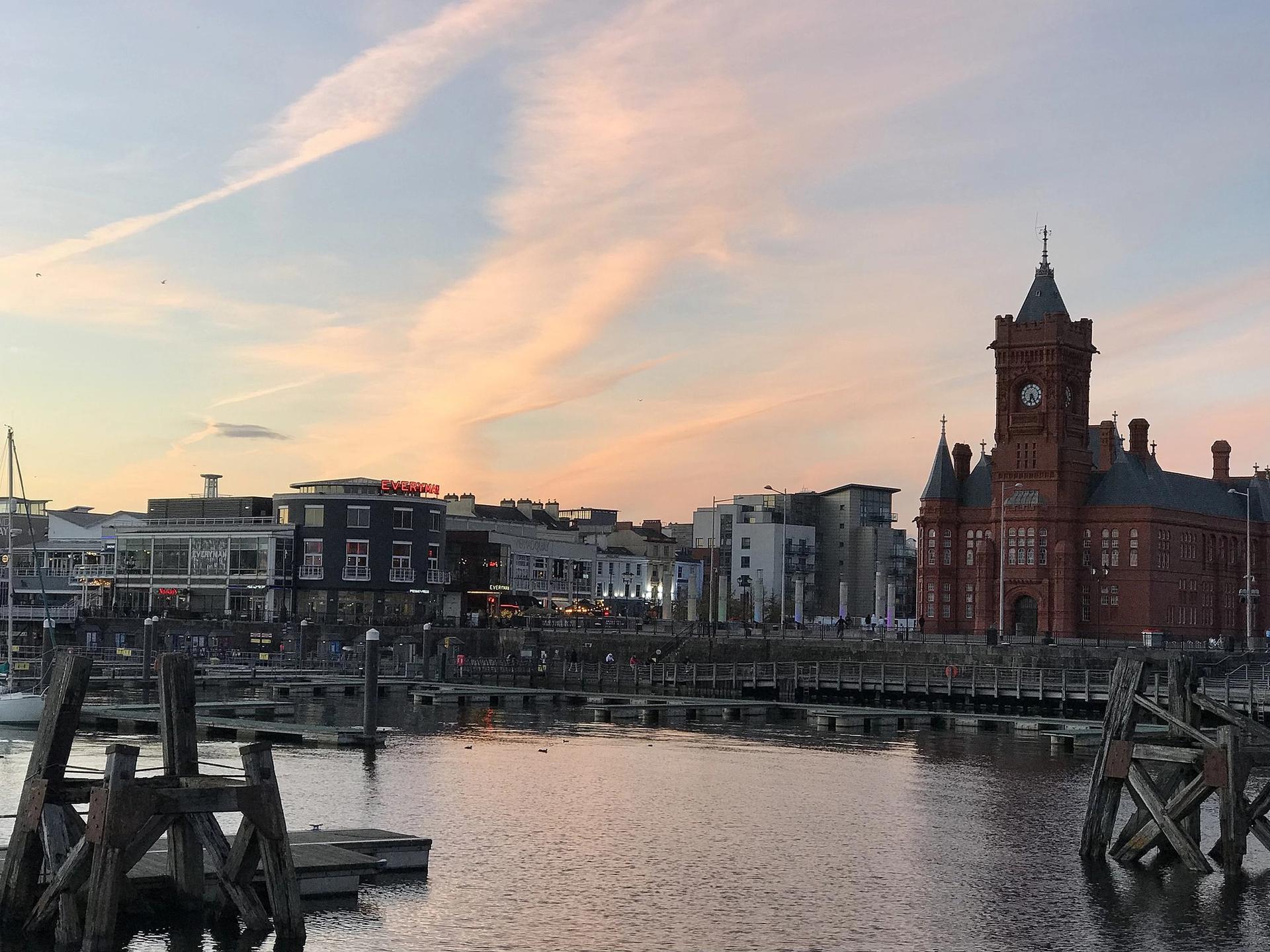
Cardiff Bay Photo: Armonjones
Cosy up to Cardiff
Any arty staycation in Cardiff, the capital of Wales since 1955, should begin at the encyclopaedic National Museum Wales (Amgueddfa Cymru). It is the home of not just a 29-ft-long skeleton of a humpback whale but also the prestigious Artes Mundi art award (this year’s winner will be announced 15 April; nominees for the £40,000 prize include US artist Carrie Mae Weems and Dineo Seshee Bopape of South Africa).

Firelei Báez's the soft afternoon air as you hold us all in a single death (2021), part of Artes Mundi 9 Photo: Polly Thomas
A quick walk through Cardiff’s civic centre—skirting past Queen Street—brings you to the second stop on this Welsh art trail: the g39 gallery, an artist-run space on Oxford Street that since its launch in 1998 has shown works by a multitude of practitioners including Glasgow-born graffiti artist Mylo Elliott and Welsh-born Jessica Warboys. If you're staying overnight then try the Voco St David’s Cardiff Hotel and Spa in Cardiff Bay across town.
The sea air always brings on a hunger for food—and culture—which can easily be sated by visiting the historic Norwegian Church overlooking the waterfront. The church, founded in 1868, was a place of worship for Scandinavian sailors arriving on the shores of Cardiff Bay; today it is used as a venue for exhibitions and events. For sustenance, go buy a chocolate ice cream at Cadwaladers on Mermaid Quay or catch an arthouse flick at the Everyman cinema nearby (they even serve you food and cocktails at your seat). G.H.
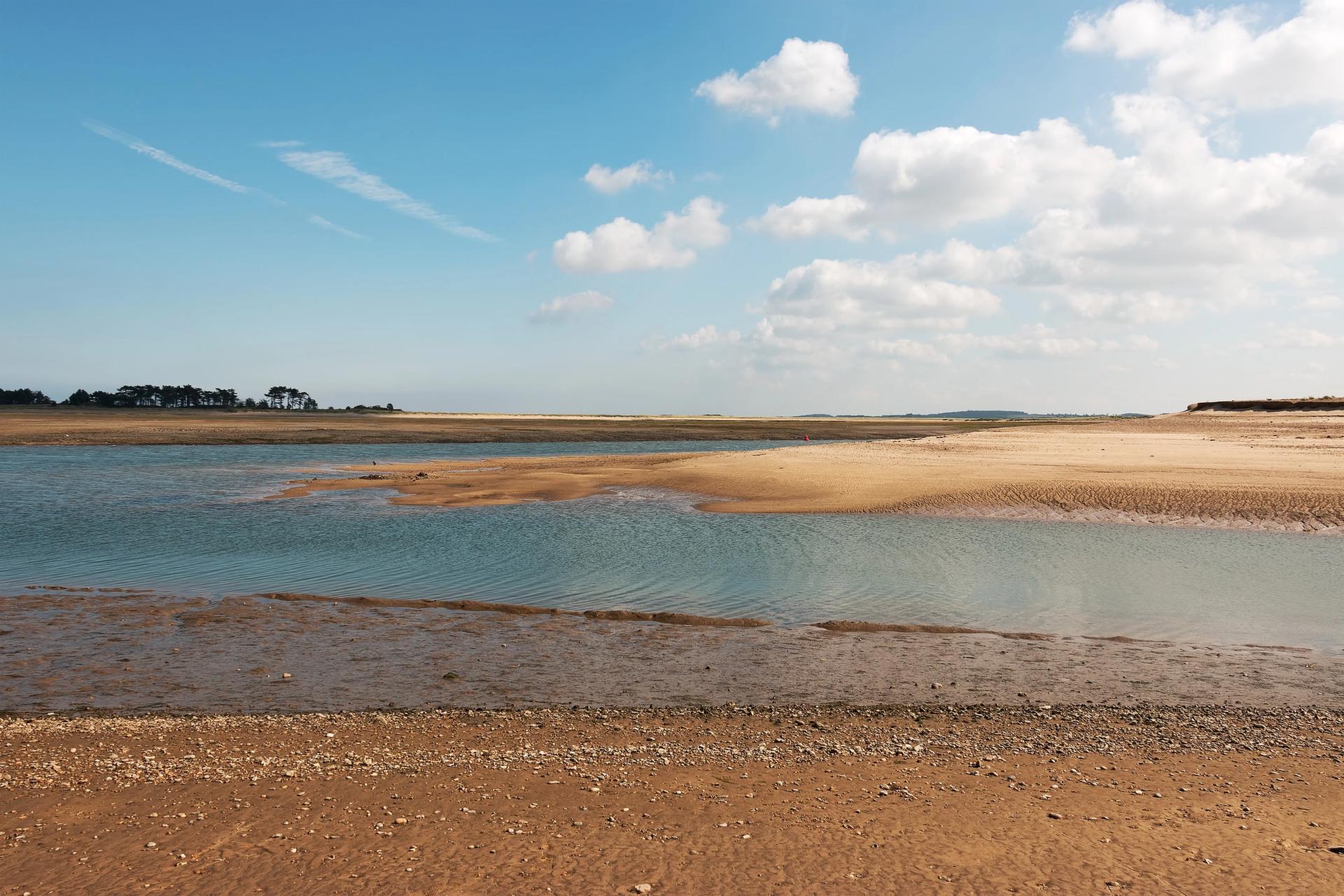
North Norfolk Photo: Micromoth/Pixabay
Get country cool in North Norfolk
If you don’t fancy the drive east, jump on a train to Kings Lynn and start with a visit to the extraordinary Groundwork gallery. Conceived in a semi-domestic space and "dedicated to the environment", they show work of contemporary artists who focus their practice on the future of the planet.
Next, head off to nearby Houghton Hall, one of England’s most beautiful Palladian houses. The collection of contemporary sculpture in the gardens and grounds is world class with highlights including James Turrell's Skyspace (2000) and a Jeppe Hein's Waterflame.
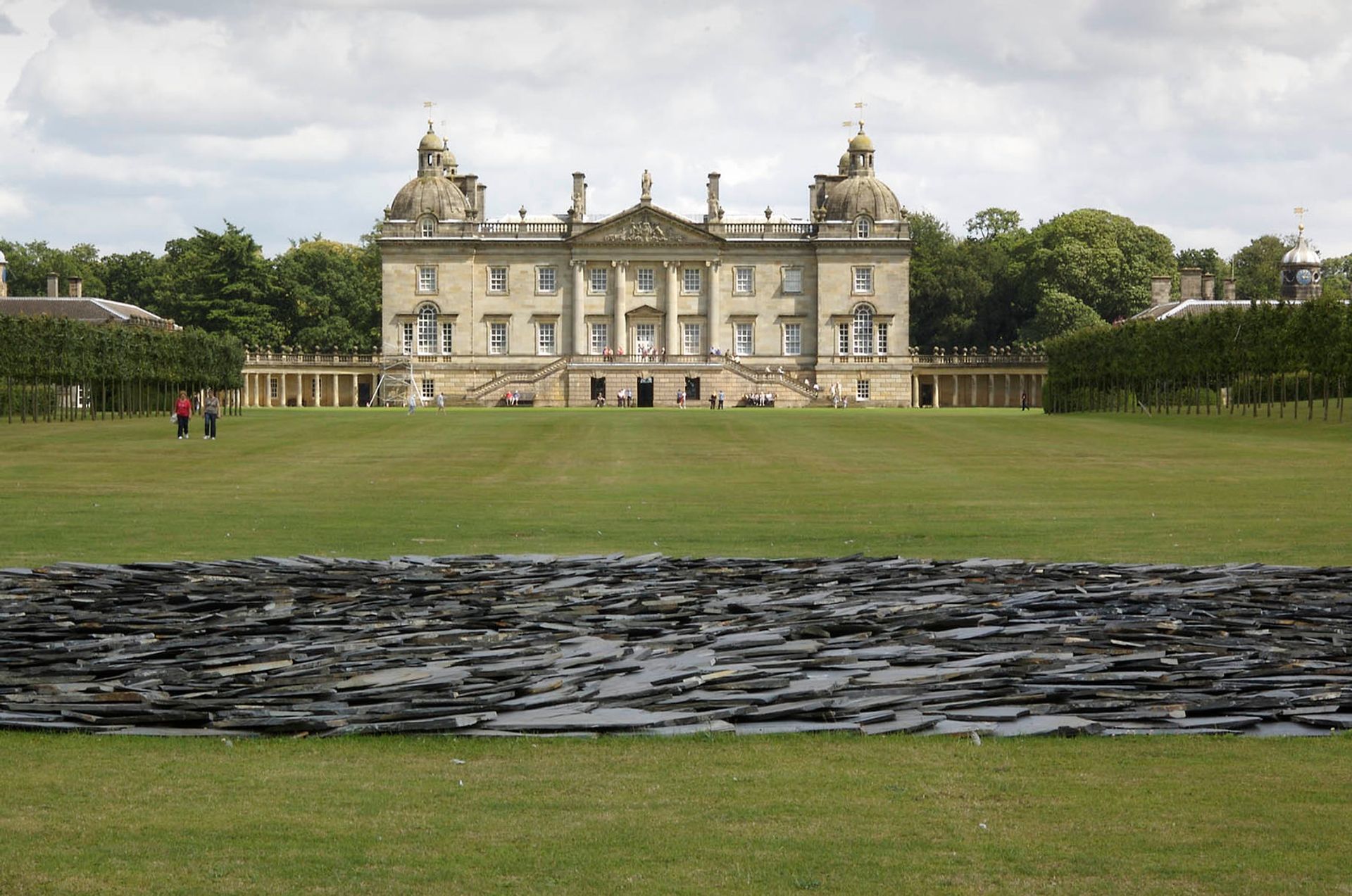
Houghton Hall in Norfolk, showing Richard Long's sculpture Full Moon Circle (2003) Photo: mira66
For a sundowner, nip down the coast to Brancaster Staithe and catch the sunset over the marshes from the terrace at the White Horse, home to the best view in North Norfolk. Finally, continue south to the achingly cool Gunton Arms. This excellent gastro pub-cum-hotel is also home to an art collection that extends to sculpture in the grounds of the estate. If you want to sip your pint alongside Tracey Emin, Damien Hirst and Lucien Freud, this is the place. K.B.
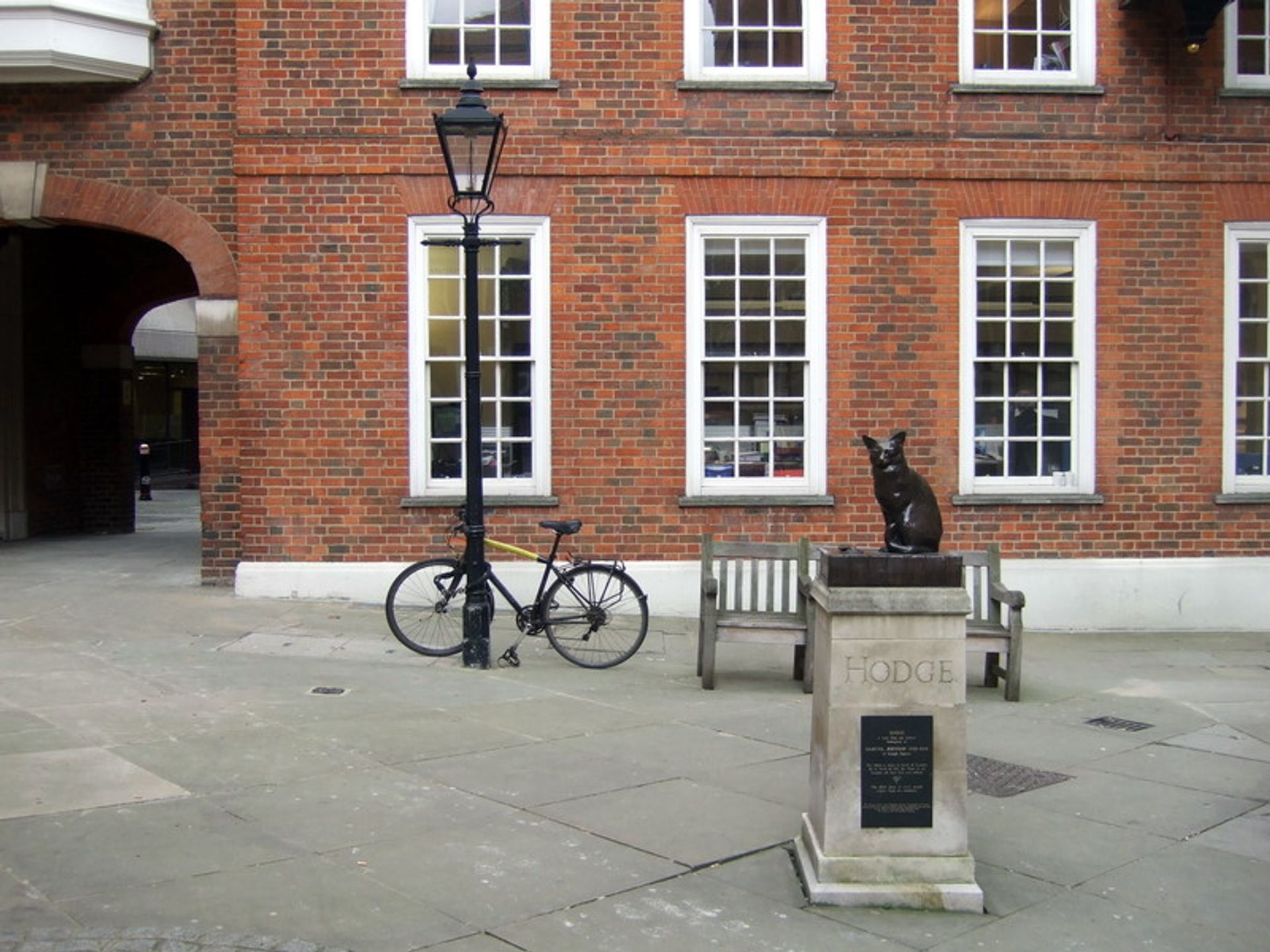
Jon Bickley's cat sculpture in central London Photo: ceridwen/geograph.org.uk
Take a secret sculpture trail through London
Chances are that you've heard about Maggie Hambling's controversial Mary Wollstonecraft sculpture or walked past a Barbara Hepworth or Henry Moore on trips to London parks. But there are some lesser known sculptures you should check out if you find yourself in the city at some point this year.
At St Katharine's Dock in East London you will find Arthur Fleischmann's crystal crown. Sculpted in the largest piece of solid acrylic in the world, this two-tonne block was originally intended to be the star of Stanley Kubrick's 2001 film A Space Odyssey, but Kubrick—a famous perfectionist—changed his mind and decided he wanted a black monolith instead.
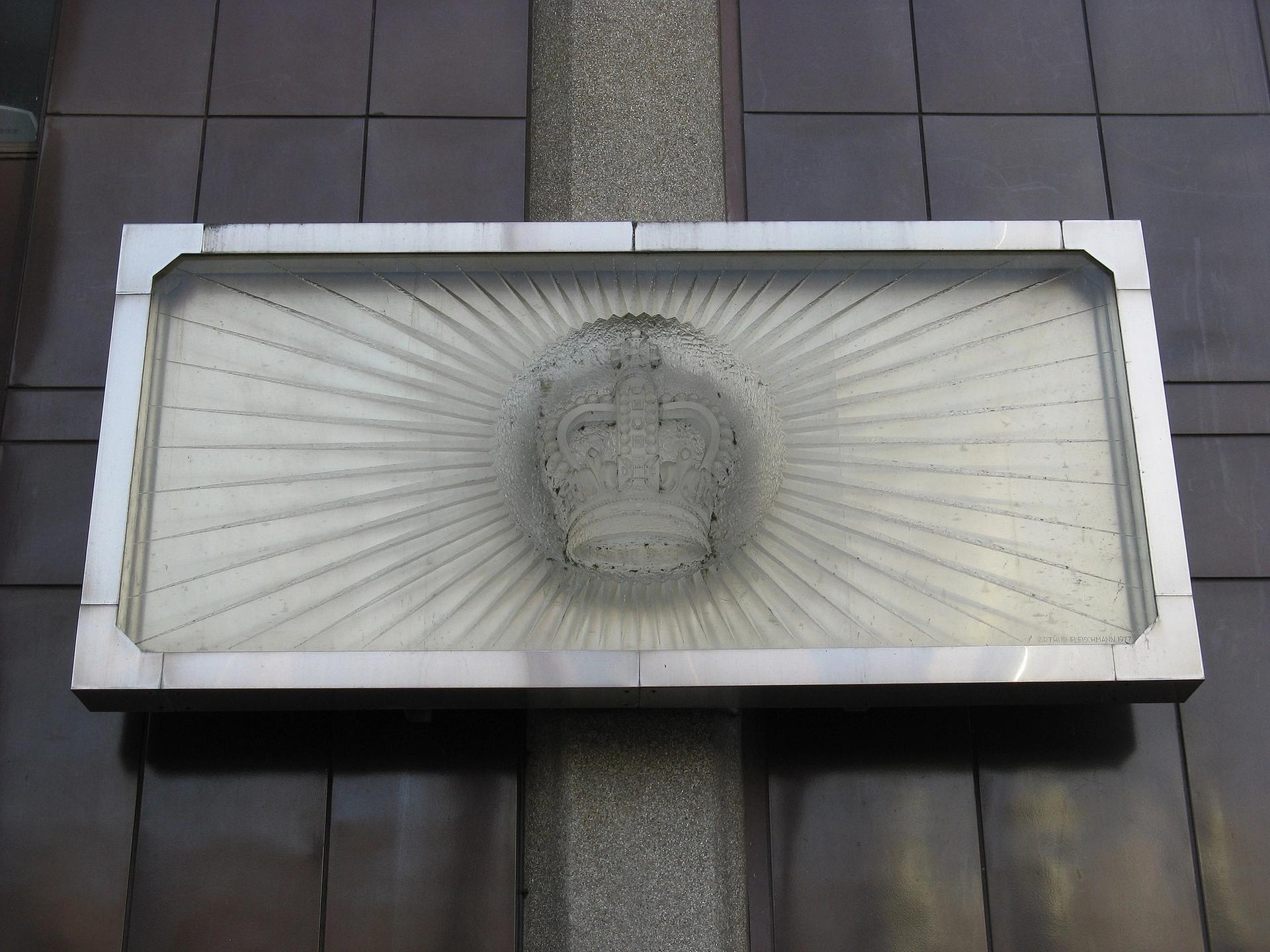
Arthur Fleischmann's crystal crown Photo: Kevan/Flickr
Head to central London to find the hidden nook of Gough Square. Its bollards are the ultimate overlooked street sculpture and is a fine selection from different centuries. Plus, here you can also find Jon Bickley's sculpture of Dr Johnson's favourite cat, Hodge: one for the wordsmiths and cat lovers out there.
Next: noses. In 1997 the artist Rick Buckley stealthily installed around 35 nose sculptures in central London. It is said that only five remain now but nobody nose (ha!) the exact figure. Noses have been sighted at Admiralty Arch, Great Windmill, Bateman Street, Dean Street and Endell Street: see how many you can spot. K.H.
Go out with a bang in Plymouth
In 1620 a group of plucky pilgrims set sail across the Atlantic from Plymouth to Provincetown, Massachusetts, on a ship known as the Mayflower and the rest is (bloody, fraught and highly contentious) history. Due to the pandemic, many of the Mayflower 400 year celebrations have been delayed to 2021, which means that this year, the southern port city is truly worthy of a standalone art pilgrimage (as well being as a great stop off on the way to the Cornish cultural cornucopia of St Ives).

Alexandre da Cunha’s concrete Figurehead II on show at The Box in Plymouth Photo: Finnbarr Webster/The Box/Getty Images
Most of the art here centres around the recently opened museum The Box, which hosts the exhibition Mayflower 400: Legend & Legacy that explores early English attempts to colonise America and addresses its impact on the Indigenous population. It tells this story through objects loaned from the National Museum of the American Indian and the Harvard Peabody collection, some of which are returning to Plymouth for the first time since 1620. The Box has also commissioned a piece by the artist Nosapocket/Ramona Peters who is from the Wampanoag People, a federation of Native American tribes indigenous to Massachusetts.
Afterwards you can stroll along the harbour past Antony Gormley’s recently commissioned (and controversial) sculpture gazing longingly towards the ocean and grab a battered cod from one of the numerous chippies dotted along the shore (we recommend The Hook & Line). And if you want your visit to end with a bang, be sure to visit during 18-19 August when the city hosts the UK fireworks championships. K.J.
Road tripping through Wiltshire and Somerset
Escaping London with a trip down the traffic-choked A303—what could be more British? Forget Umbria—this slice of Wiltshire and Somerset is a rich seam.
Avoid the Stonehenge rubbernecking chaos and cut down south to the beautiful New Art Centre at Roche Court. Built as Nelson’s retirement home, though he died before he got to live there, it is now a sculpture park and gallery. You have to book online but the outdoor areas are open now and the indoor galleries—showing works by Tess Jaray and Fred Baier—will reopen on 12 April.
Then, cut across to Messums Wiltshire (reopening on 15 April, booking essential) to marvel at the huge 13th-century thatched tithe barn, built for the Abbess of Shaftesbury and now home to this gallery. On show will be Alan Cotton’s coastal scenes of Cornwall and ceramics by the Japanese artist Makoto Kagoshima, the latter contained within the sculptor Elisabeth Frink’s studio which has been rebuilt within the barn itself. There’s a café with coffee and cakey things, or potter to the deli in nearby Tisbury and pick up a bottle for the road at the Beckford Bottle Shop. Alternatively, stop for a pub lunch at the Beckford Arms on the edge of the Fonthill Estate (of William Beckford fame) or at the idyllic Pythouse Kitchen Garden, both a short drive.

Hauser & Wirth Somerset Courtesy of Hauser & Wirth
Then up to Bruton—Hauser & Wirth town, a slice of Notting Hill in Somerset (the local newsagent stocks copies of i-D and The Gentlewoman alongside the penny sweets). The rural branch of the global mega-gallery, Durslade Farm (open from 13 April, booking essential), is currently showing paintings by the American painter Henry Taylor (who spent the winter at the gallery as artist-in-residence). Make time to waft around the Piet Oudolf-designed garden, stroking the cimifiguga. There’s a restaurant here too, the Roth Bar and Grill, or At The Chapel (known for its pizzas) in the town itself—also has a few rooms. Alternatively, the trendy and snotty as hell hotel and restaurant The Newt (from the people who own the idyllic Babylonstoren in South Africa) is nearby too.
More? Head up to Bath. Stop at The Holburne Museum (reopening after 17 May, date TBC, booking essential) to see its exhibition of a group of Caneletto vedute paintings from Woburn Abbey (until 5 September). Stuff a Sally Lunn Bath Bunn (sic) in your mouth and set off hunting for dukes a la Bridgerton, the Netflix period rompathon that was filmed here. Wander up via the pared-back Korean aesthetic of Francis Gallery (owned by Cereal Magazine co-founders Rosa Parks and Rich Stapleton), which currently has a show of Ben Nicholson works on paper (likely reopening from 12 April) to the Georgian splendour of The Circus and the Royal Crescent. For supper—The Circus restaurant (re-opening 17 May, coffees and gooey brownies served outside until then), situated in between on Brock Street, looks unassuming but is a little gem.
Then if your budget will stretch to it, retire to the Royal Crescent Hotel. Or, while away the evening drinking tinnies with the students in the park in front, all the better to admire the view of John Wood the Younger’s masterpiece. A.B.


